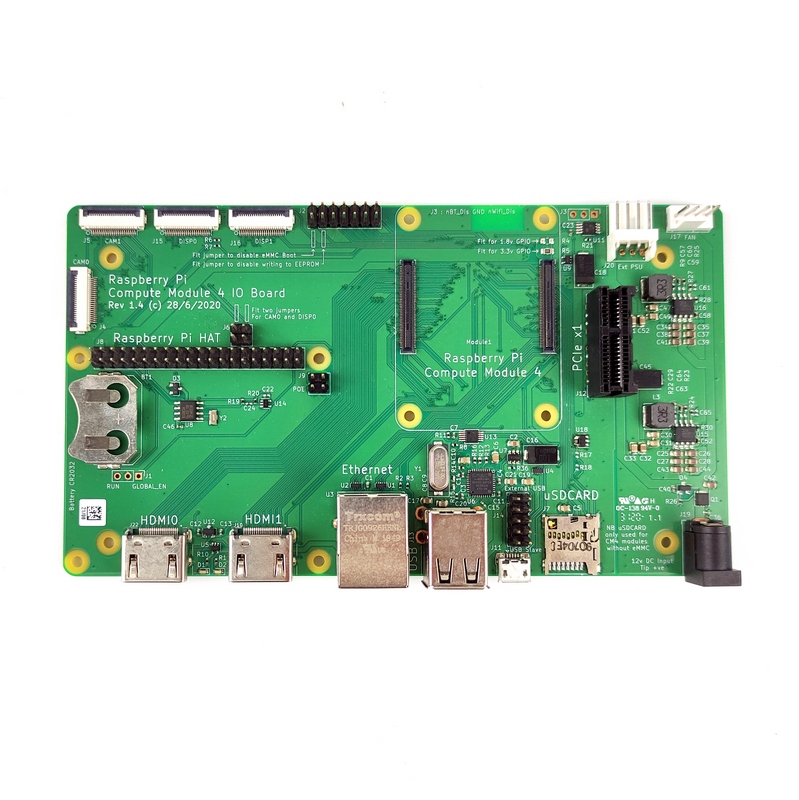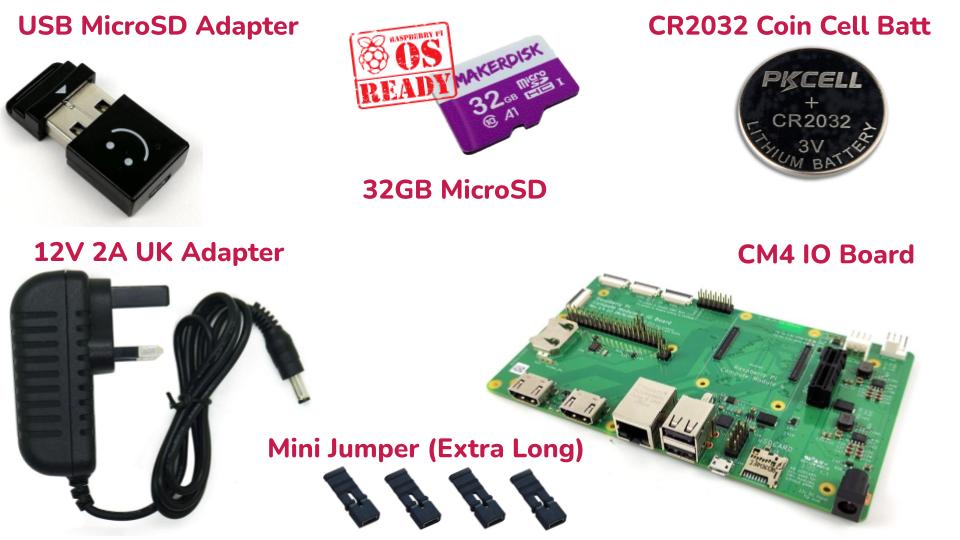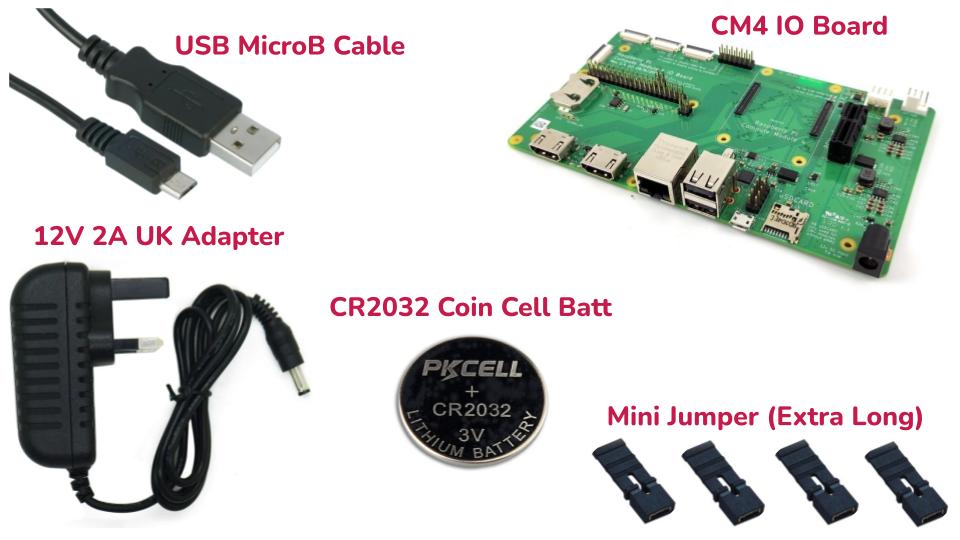Note: This is the Raspberry Pi CM4 IO board and also bundles for both wireless and non-wireless Raspberry Pi CM4. Please choose the preferred option:
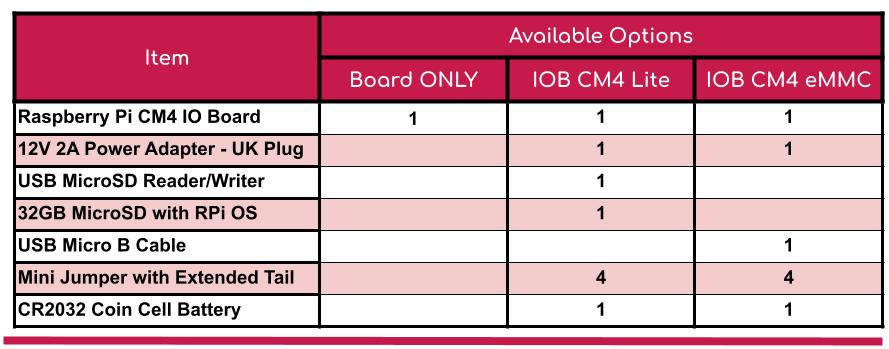
Note: For the kit versions, a 12V 2A power adapter with a UK plug (Type G) is suitable for Malaysia and Singapore.
Note: The Compute Module is not included, please choose your preferred CM4 from here:
Yes! Compute Module 4 is officially launched on 19th October 2020 with the same or better spec as the CM3+. There are 32 variants of the module to choose from. Since there are quite significant upgrades on Compute Module 4 compares to its pre-successor (CM3 or CM3+), you will need a new IO board for it. And getting started with the CM4 is not as straightforward as using the Raspberry Pi 4 Model B or Raspberry Pi 400 computer.

To get started, you will need at least a power supply to power up the IO board and CM4. We have that covered. The bundles include a 12V 2A power adapter with a UK plug (Type G) suitable for Malaysia and Singapore. In the case you are from Thailand or Vietnam, check the AC Plug universal adapter - US to convert the UK plug to US plug type :)

The Raspberry Pi CM4 IO board is designed for the development of products using the Raspberry Pi Compute Module 4. In some situations, the CM4 IO board can be used directly in products. The CM4 IO board contains many of the interfaces that the Raspberry Pi 4 Model B has, for general usage you should refer to Raspberry Pi 4 Model B documentation. The significant difference to a Raspberry Pi 4 Model B is the addition of a PCIe x1 socket. The CM4 IO board can be used as a reference design for examples of how to interface to the Raspberry Pi Compute Module 4.
The kit also includes a few mini jumpers that you might need in the future.

Not to forget a CR2032 coin cell battery for the Real-Time Clock.
.jpg )
CM4 Lite (No eMMC)
The CM4 Lite - CM4 Lite (NO eMMC) will need an external microSD card that has a compatible OS image to boot up. So the kit for CM4 Lite comes with a microSD card. We recommend using the official OS for Raspberry Pi, which is Raspberry Pi OS. Due to the default settings of the USB 2.0 on CM4 (USB2.0 hub is disabled by default to save power), you will need to edit the config.txt on the OS, so that is the reason we recommend a microSD card with Raspberry Pi OS ready and a USB microSD card reader/writer.
.jpg )
A tiny and useful USB MicroSD Card Reader/Writer is included
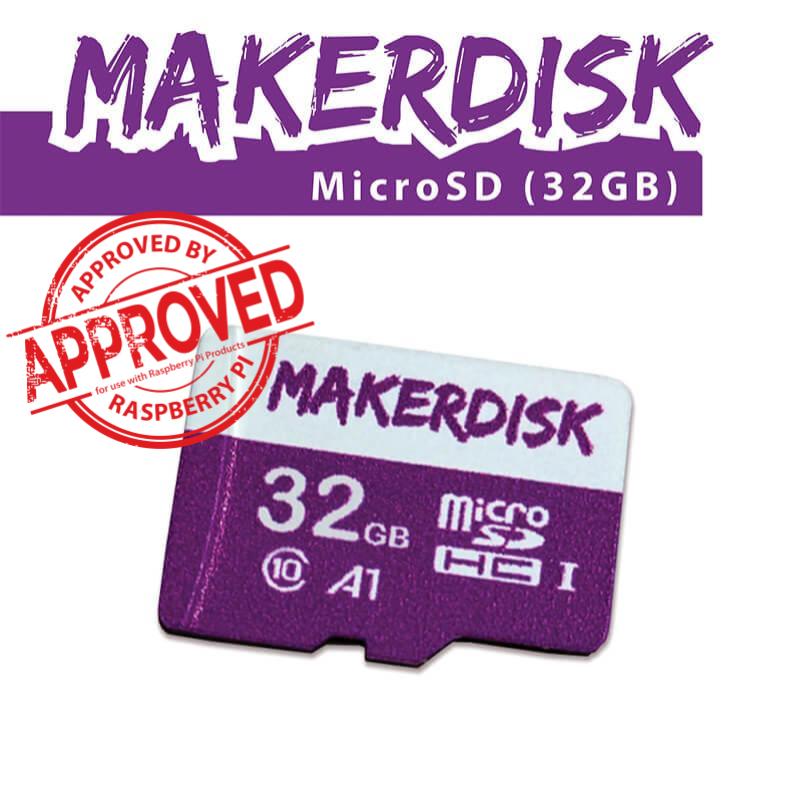
The MakerDisk MicroSD card is tested and approved by Raspberry Pi Foundation. And it comes preloaded with the official Raspberry Pi OS. So it can boot up directly on the CM4 IO Board. In case you want to load other OS, you can still do it using Raspberry Pi Imager which you can download from here which is compatible with Windows, macOS, Unbuntu and even the Raspberry Pi itself can also be used to load OS image using Raspberry Pi Imager.
Anyway, by default, the USB hub on CM4 IO Board is disabled in the Raspberry Pi OS, this is to save power. So you will need to edit a file in the microSD card in order to enable the USB ports on the board. Else, the USB keyboard or mouse will not be able to function, so don't be surprised.
1. Insert the microSD card into the USB MicroSD card Reader/Writer, then plug the USB Reader/Writer into your computer USB port.
2. Goto the boot drive and open the config.txt using plain text editor, e.g.: Notepad

3. Add this command line (from CM4 IO Board datasheet, page 5) into the config.txt file and save it:
dtoverlay=dwc2,dr_mode=host

4. Eject the drive from your computer again, Unplug the USB MicroSD card Reader.
5. Insert the MicroSD card into the CM4 IO Board's MicroSD Slot, mount the CM4 Lite. Connect the USB device, HDMI Cable if there is any, and last the Power Adapter.

6. Continue your development :)
CM4 with eMMC
For CM4 with onboard eMMC, it does not contain any image of the Operating System in it, so 1st thing after you get the IO board and a proper power supply, you will need to flash a suitable Operating System into the eMMC. In the kit for CM4 with eMMC, a USB micro B cable and a mini jumper are included.

Don forget to use a mini jumper (included in the kit) to short two header pins (J2) on the IO board which is to disable the eMMC boot when you want to upload the OS image.
Note: Do follow the guide by Jeff Geerling in his video or blog post, you should be able to get the CM4 with eMMC boot up successfully.
CM4 IO board breakouts quite some extra peripheral ports if we compared it with Raspberry Pi 4 Model B:
- 2 x DSI display port - The DSI connectors are 22-way 0.5mm pitch to pitch. These connectors are the same as the existing CMIO board but different from the Raspberry Pi 4B.
- 2 x CSI camera input port - The CSI connectors are 22-way 0.5mm pitch to pitch. These connectors are the same as the existing CMIO board but different from the Raspberry Pi 4B. Now you can get an extra camera input on the CM4 IO board.
- 1 x PCIe Gen 2 socket - Accepts standard computer PCIe cards. Will require a suitable OS driver for the PCIe card. The PCIe interface on Raspberry Pi 4B is used for the USB 3.0 interface via the VLI805 XHCI controller. If you need USB3.0 on CM4 IO, an external XHCI controller is needed.
- Currently, the CM4 bootloader DOES NOT support NVMe drives.
- PCIe interface DOES NOT support MSI-X. Typically PCIe devices will fall back to MSI.
- 1 x Cooling Fan connector - Support standard +12VDC cooling fan with PWM drive and tacho output. An EMC2301 controls the fan via I2C.
- 1 x RTC with Coin Cell Socket - A PCF85063AT RTC is able to wake CM4 from the previous shutdown via alarm output. If an alarm goes off during normal operation, the CM4 will be reset. This can be used as a watchdog timer if required.
- 1 x DC Barrel Jack - A DC Barrel Jack with 5.5mm*2.1mm, +12VDC as the main power supply unit. There is a 12V to 5V DC-DC converter to power the CM4. The +12VDC is also fed the +12V PCIe slot, the cooling fan.
- 1 x USB Micro B Slave port - There is a USB Micro B port for CM4 to be updated via rpiboot. When a USB cable is inserted into this port, the USB hub on the CM4 IO board is automatically disabled, the USB 2.0 on CM4 becomes a USB device (slave).
- 2 x USB2.0 ports - CM4 IO Board has an onboard USB 2.0 hub. This connects to the CM4 USB 2.0 port. Two ports from the hub are connected to a connector. The two other ports are connected to a header, this header can be used to provide two extra internal ports.
- 1 x MicroSD card socket - This is only meant for CM4 Lite as it does not come with onboard eMMC memory for Operating System and will require external memory to boot. Although the Raspberry Pi 4B has a microSD card socket, the CM4 IO board comes with a push-push type socket :)

Dual DSI and Dual CSI connectors on CM4 IO board
Of course, you can also check out these accessories in case you do not have one:
 International
International Singapore
Singapore Malaysia
Malaysia Thailand
Thailand Vietnam
Vietnam
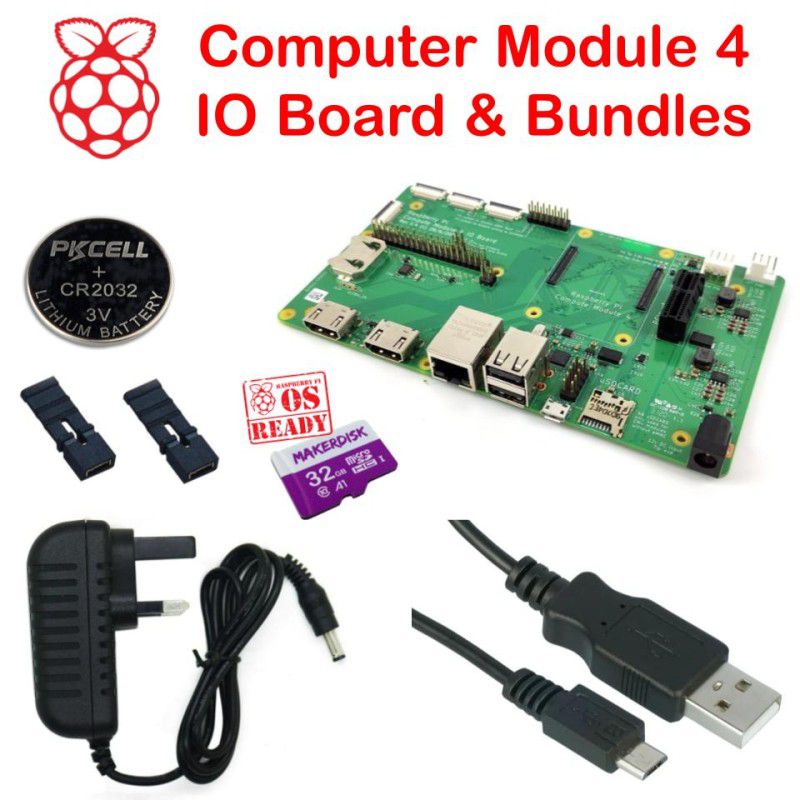
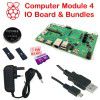
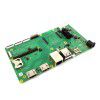
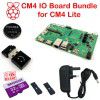
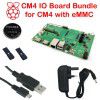

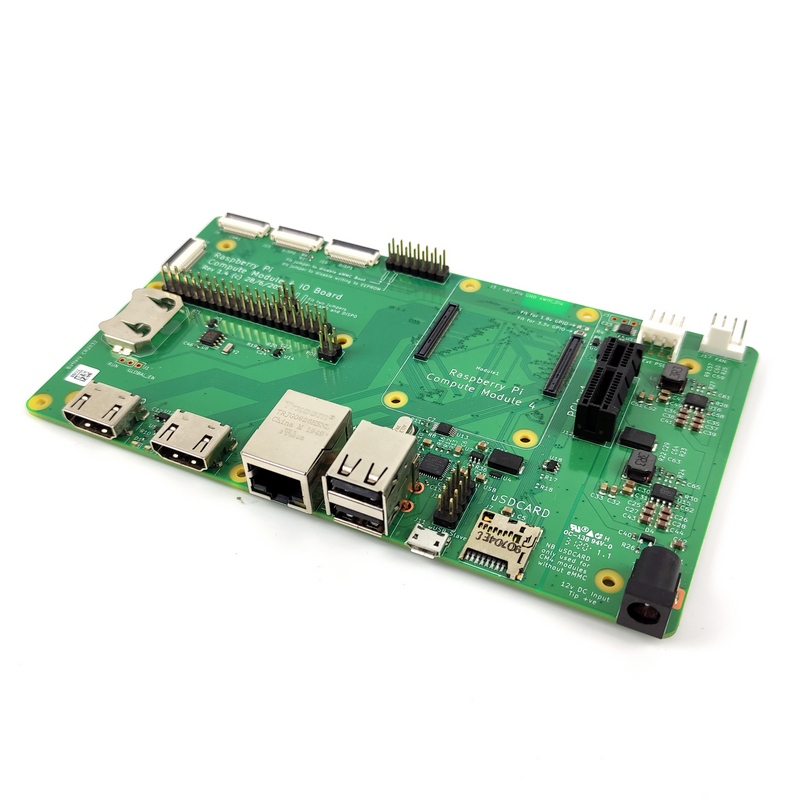
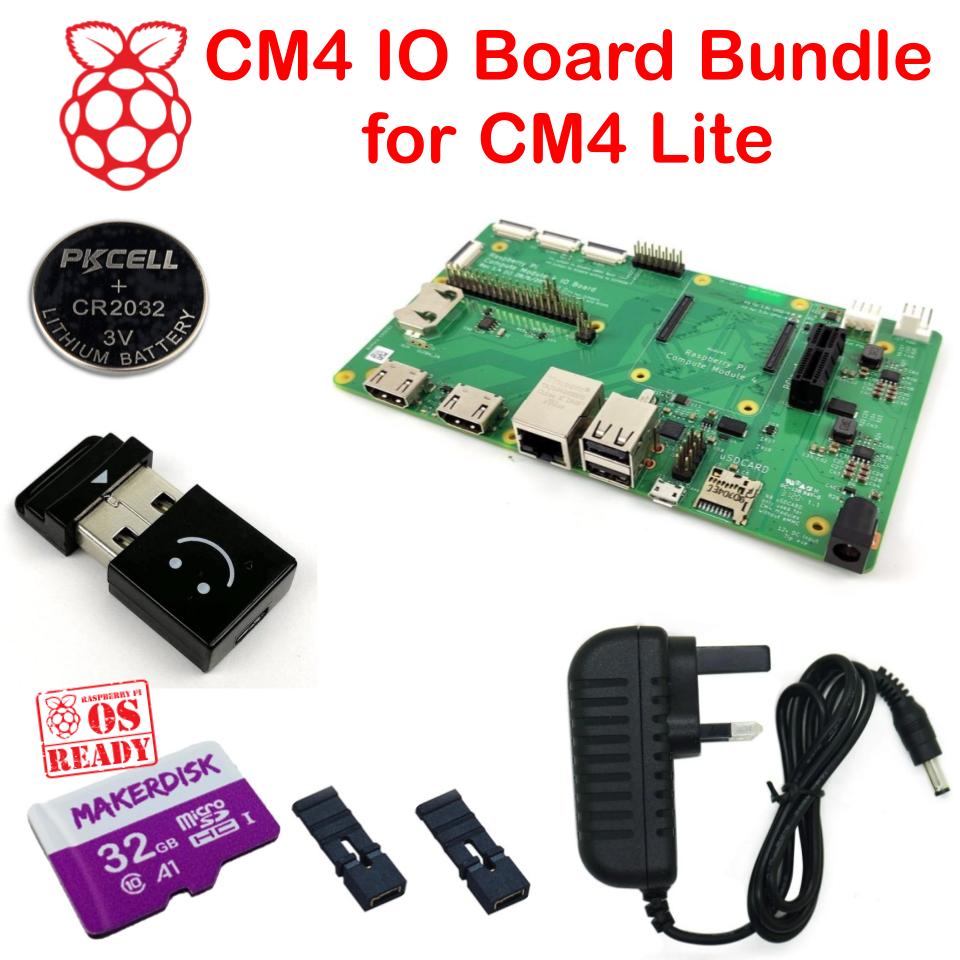
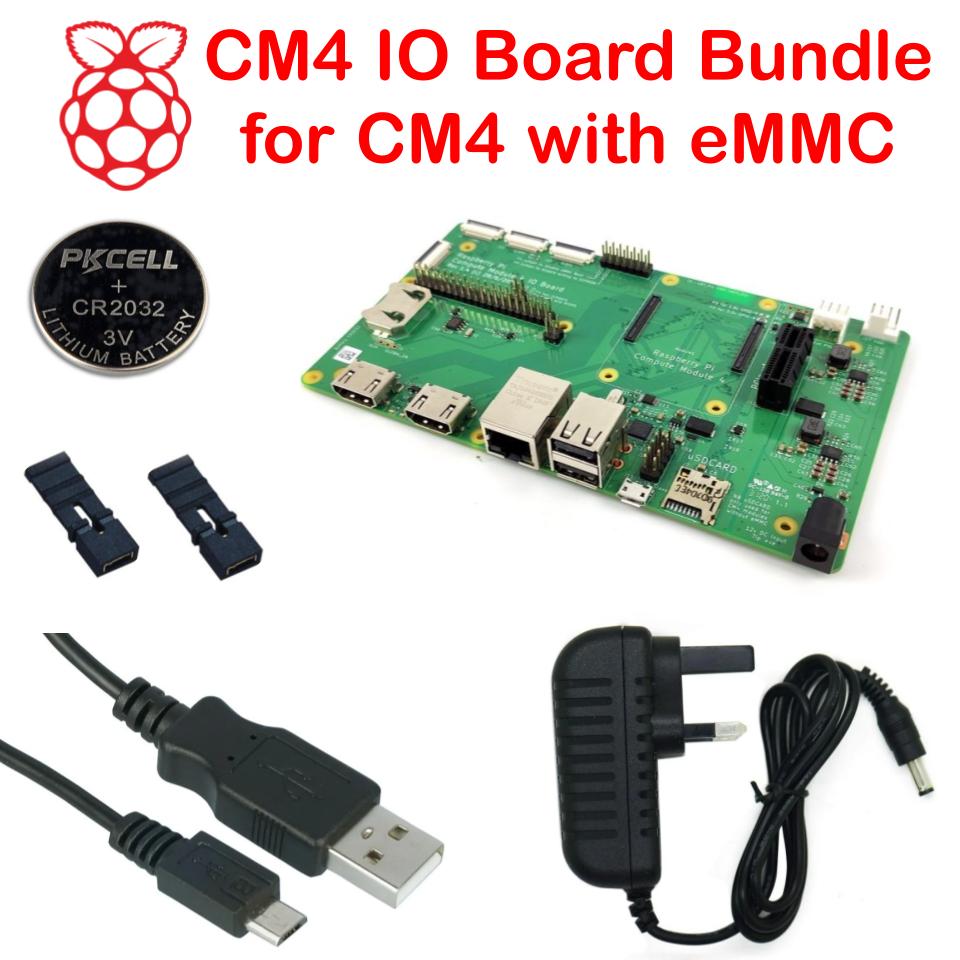



.jpg )
.jpg )







